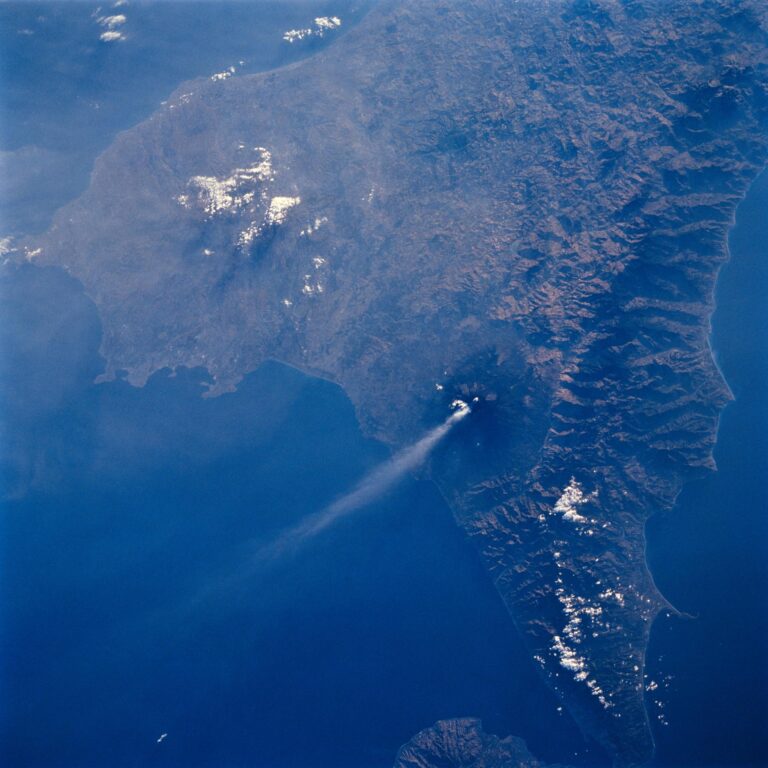Key Takeaways:
How would astronomers know if they’d found such a monstrosity? It might look something like a strange star recently found using NASA’s Kepler telescope. KIC 8462852 dims in a way never before seen, however, astronomers still think it’s most likely surrounded by debris rather than alien megastructures.
Nonetheless, looking for Dyson spheres is appealing because the aliens don’t have to be trying to contact Earth the way most searches would require.
Science writer David Chandler described the quest in his story “The new search for alien intelligence.”
“If the aliens don’t drive themselves to extinction, the thinking goes, their civilization will keep expanding,” Chandler explained. “And any such society will have an insatiable appetite for energy. Ultimately, once the extraterrestrials have exhausted the energy resources of their home planet, they will take to space and start dismantling other planets and moons to build ever-larger solar arrays capable of capturing as much of the energy produced by the local sun as possible.”










